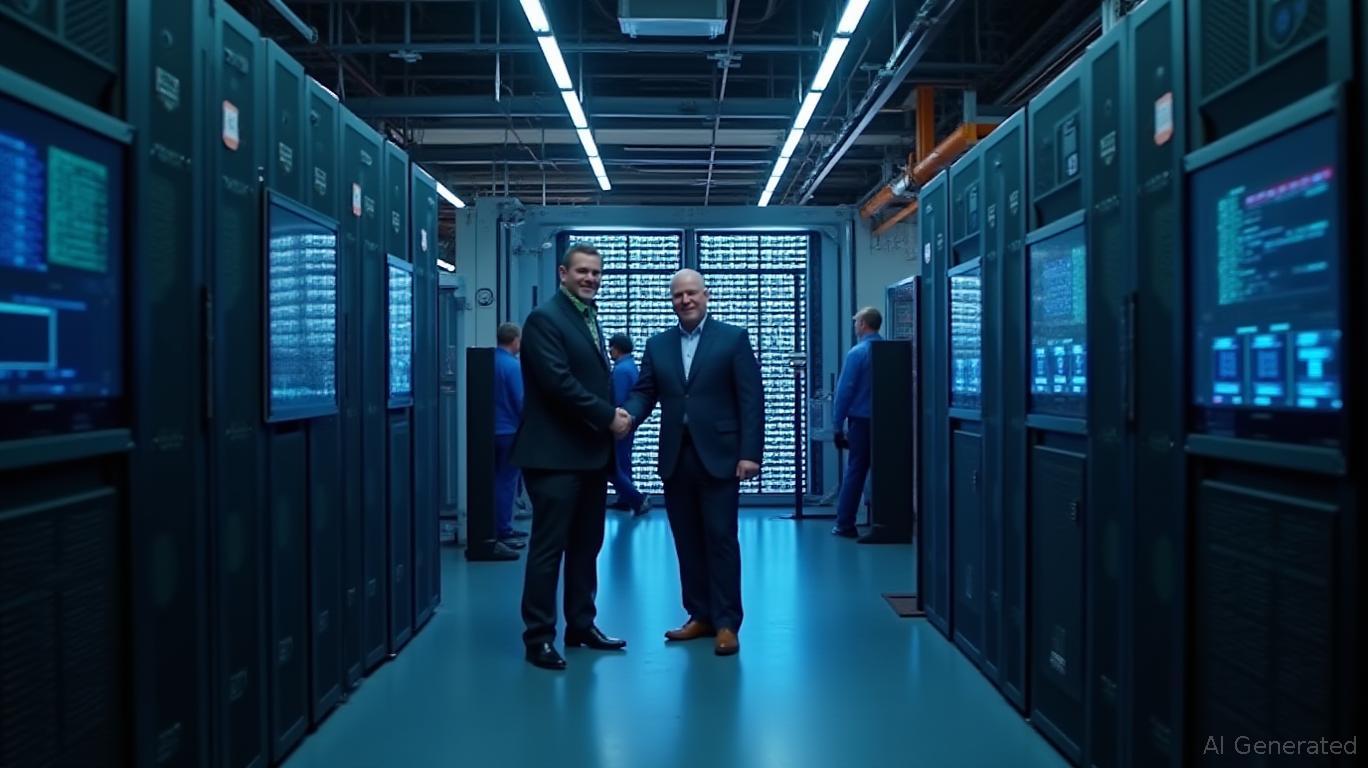NVIDIA, Dell to Power U.S. Department of Energy's 10x Faster Supercomputer by 2026
NVIDIA and
have been selected by the U.S. Department of Energy to provide the next generation of supercomputing technology. The new supercomputer, named Doudna, is set to be one of the most advanced systems deployed by the department. The system is expected to be operational by 2026 and will be housed at the Lawrence Berkeley National .Doudna is named after Jennifer Doudna, a biochemist at the Lawrence Berkeley National Laboratory who won the Nobel Prize in Chemistry in 2020 for her work on
gene-editing technology. The supercomputer will support large-scale high-performance computing (HPC) tasks, including molecular dynamics, high-energy physics, and artificial intelligence training and inference. The system will be built using Dell Technologies' infrastructure and will leverage NVIDIA's next-generation Vera Rubin platform, which is designed to handle complex computational tasks.According to the U.S. Department of Energy, Doudna will be a significant leap in performance compared to the current flagship supercomputer at NERSC, Perlmutter. The new system is expected to deliver performance that is more than ten times greater than current capabilities, enabling researchers to tackle more complex and data-intensive problems. This development highlights the growing importance of advanced computing in scientific research and innovation.
The collaboration between the U.S. Department of Energy,
, and Dell Technologies aims to push the boundaries of computational power and its applications in various scientific fields. The new supercomputer is anticipated to drive rapid innovation, transforming efforts in developing abundant and affordable energy supplies and advancing breakthroughs in quantum computing. The system will be connected to the department's experimental facilities through the Energy Sciences Network (ESnet), allowing scientists nationwide to transmit data and perform near-real-time analysis.This project underscores the strategic importance of investing in cutting-edge technology to maintain leadership in global scientific and technological advancements. The U.S. Department of Energy's commitment to leveraging the latest in supercomputing technology ensures that American scientists will have the tools necessary to compete in the global AI race and drive forward the frontiers of scientific discovery.


Comments
No comments yet